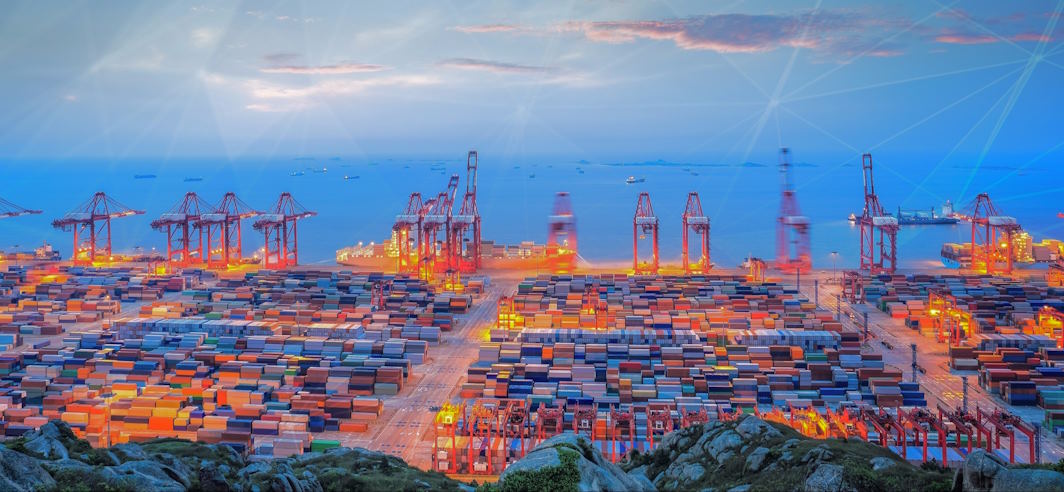The lure of expanded markets, diversified revenue streams, and access to specialized resources has enticed many enterprises to seek growth beyond their domestic borders. However, navigating the complexities of foreign markets entails confronting a myriad of challenges, ranging from political uncertainties and currency fluctuations to cultural differences and logistical hurdles.
The Opportunities of Investing in International Trade
In a rapidly globalizing world, businesses that venture into international trade are presented with a multitude of enticing opportunities, each capable of reshaping their growth trajectory. Let’s explore the key advantages that await those who choose to take on the world stage.
Access to a Broader Market and Potential for Increased Sales:
By expanding their reach beyond domestic borders, companies gain access to a vast global market teeming with potential customers. The sheer size and diversity of international markets allow businesses to tap into new consumer segments and demographics, significantly increasing their sales potential. As they cater to the varied preferences and demands of consumers worldwide, companies can also benefit from a more stable revenue stream, insulated from fluctuations in any single market.
Diversification of Revenue Streams and Reduction of Dependency on Domestic Markets:
Investing in international trade enables businesses to reduce their reliance on a single market, mitigating the risks associated with economic downturns or localized challenges. By diversifying revenue streams across multiple countries, companies can create a more resilient and adaptive business model, better equipped to weather uncertainties and seize new opportunities.

Leveraging Competitive Advantages and Specialized Resources in Different Countries:
Each country possesses its unique strengths, resources, and competitive advantages. By venturing into international trade, businesses can strategically position themselves to harness these resources, whether it’s accessing low-cost labor, raw materials, or cutting-edge technologies. Such synergies lead to increased efficiency and innovation, enabling companies to stay ahead in the fiercely competitive global market.
Tap into Emerging Markets with High Growth Potential:
International trade provides a gateway to emerging economies experiencing rapid growth and rising consumer demand. These markets often present less saturated and untapped opportunities for businesses to establish themselves as early movers, enjoying a significant advantage as the market expands.
Increased Profitability and Economies of Scale through International Expansion:
Expanding internationally allows businesses to achieve economies of scale by producing larger quantities and spreading fixed costs across a broader customer base. This optimization leads to increased profitability and enhanced competitiveness in the global marketplace, offering the potential for sustainable long-term growth.
Key Risks in International Trade Investment
While international trade investment offers enticing opportunities for businesses, it also comes with a range of risks that demand careful consideration and strategic planning. Let’s delve into the key risks that businesses must navigate to ensure successful forays into foreign markets.
Political and Regulatory Risks in Foreign Markets:
- Political Instability and Changes in Government Policies: Investing in foreign markets exposes businesses to political uncertainties, including changes in leadership or shifts in government policies that could impact trade relations and business operations.
- Trade Barriers and Tariffs: The imposition of trade barriers and tariffs by foreign governments can disrupt supply chains, raise costs, and hinder market access, posing challenges for businesses.
- Legal and Contractual Uncertainties: Navigating foreign legal systems and ensuring compliance with diverse regulatory frameworks can be complex and costly, leading to potential contract disputes or legal challenges.
Currency and Exchange Rate Risks:
- Fluctuations in Exchange Rates Affecting Profitability: Changes in exchange rates can significantly impact a company’s profitability when converting foreign earnings back to the domestic currency. Unfavorable fluctuations may erode revenues and margins.
- Hedging Strategies to Mitigate Currency Risks: To mitigate currency risks, businesses can implement hedging strategies, such as forward contracts or currency options, to lock in favorable exchange rates and protect against volatility.
Cultural and Communication Challenges:
- Differences in Business Practices and Etiquette: Cultural nuances and business practices vary across countries, leading to potential misunderstandings or misinterpretations during negotiations or collaborations.
- Language Barriers and Cross-Cultural Misunderstandings: Communication challenges can impede effective decision-making, teamwork, and customer interactions, impacting business relationships.
Supply Chain and Logistical Risks:
- Transportation and Infrastructure Challenges: International shipping and logistics can be complex, leading to delays, increased costs, and potential disruptions to the supply chain.
- Delays in Shipments and Potential Disruptions: Political unrest, natural disasters, or labor strikes in foreign countries may disrupt the timely delivery of goods and services, affecting customer satisfaction and profitability.
Market and Competitive Risks:
- Understanding Local Competitors and Market Dynamics: Entering new markets requires a thorough understanding of local competition, consumer behavior, and market trends to develop effective market entry and growth strategies.
- Adapting Products and Services to Meet Diverse Customer Preferences: Businesses must adapt their offerings to cater to diverse cultural preferences and customer needs, ensuring relevance and appeal in foreign markets.


